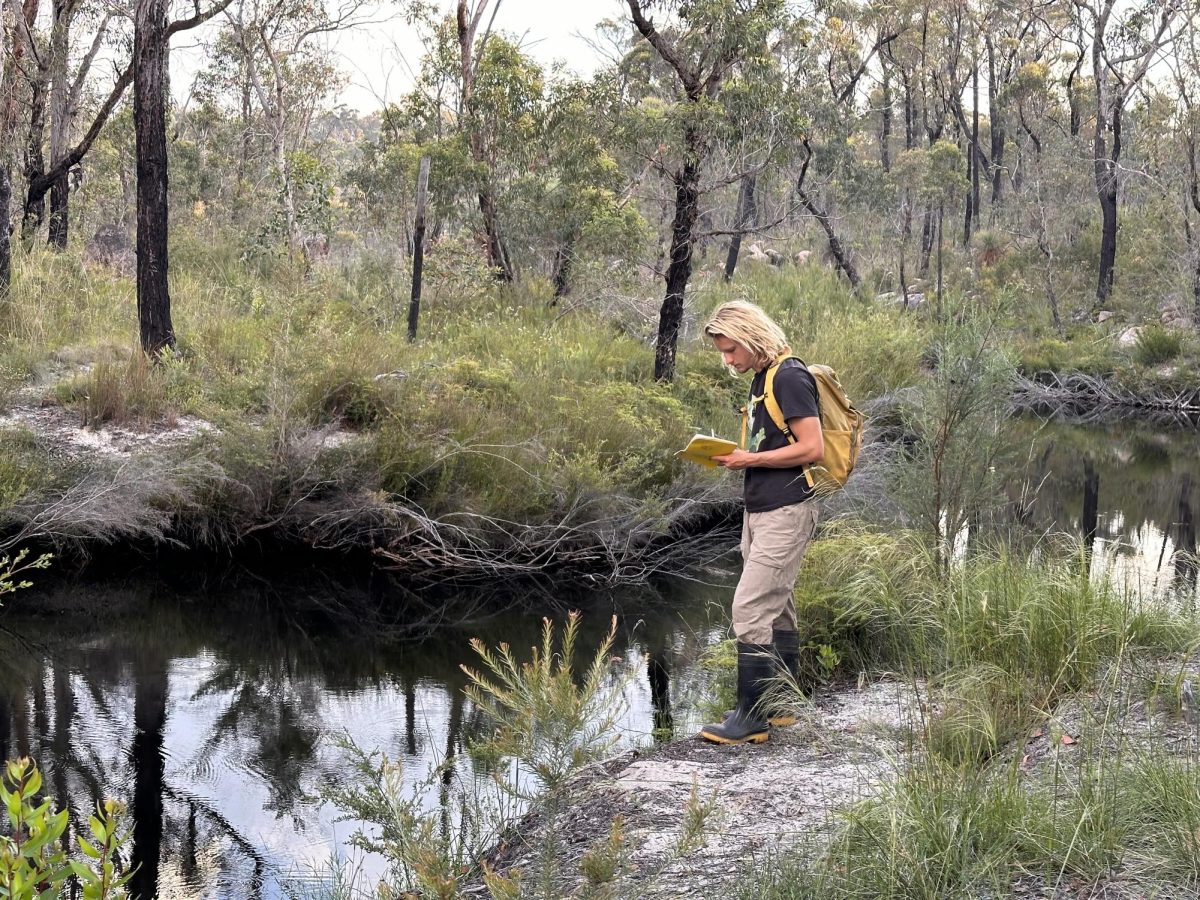Under a layer of half-century old dust, a label still clings to a glass, one gallon jug. It reads: “Crystal Distilled Water: For steam irons, infant feeding. Crystal Water Co. Flint, Mich.” Last weekend I discovered this artifact in the basement of a house—located in the City of Flint’s sixth ward—that I’ll be living in this summer.
While the jug and its label might suggest a dark and deeply rooted irony to the history of water in the City of Flint, they also symbolize a radically despotic reality and an even more complex future. In 20 days, we will hit the 4 year mark since the lead-contaminated-water crisis started, and residents are still being advised to use water filters and bottled water for their daily needs in homes and schools.
The jug remains prescient—a paradoxical allegory for the desertion and manipulation of Flint residents by the state’s political mainstream. As state-sponsored testing concludes, state-sponsored funding steadily diminishes and the 2018 gubernatorial primaries near, real faces and voices are being recast as anonymous votes and data, and water potency has become a campaign platform. What every City of Flint resident wants and desperately needs is change above and, at least below, the ground, but, they haven’t received either.
To be clear: Flint River water no longer flows into the city as of 2015. Pre-treated Lake Huron water now serves as the source, and MLive reports that according to the Great Lakes Water Authority’s most recent Lead and Copper Rule testing, “90 percent of 134 samples collected in Flint where at or below 6 parts per billion of lead, less than one-half the federal action limit.”
Moreover, a $97 million settlement was approved in 2017 for the state to pay for the cost of replacing water lines for at least 18,000 households by 2020. In February, the city announced that more than 6,200 service lines have been replaced.
This may be proof of real, identifiable change—lead levels have lowered, water lines are being renovated and although the amendments are slow going, at least they’re being fulfilled. But, despite these efforts, they’re not indefinite, and they fall short of being convincing.
On Tuesday, for instance, reports published by the Michigan Department of Environmental Quality revealed that more than 4 percent of water samples collected in the third round of testing at Flint Community Schools’ buildings had raised levels of lead. More disconcerting than the results of the testing is that they came from what is expected to be the final state-sponsored testing in school buildings.
Now, both students and residents are waiting on the state to complete a comprehensive review of the overall quality of Flint water. The review will determine whether the state continues to supply free bottled water for city-wide distribution, a service that reportedly costs the state an average of $22,000 per day.
While it would be absurdly malign for the state to cease bottled water endowment to the city, it’s absolutely possible, especially considering the ambiguous timeline as to when the review will be finished.
The upcoming 2018 Gubernatorial election also brings uncertainty to candidates’ commitment to resolving the Flint Water Crisis. Democratic favorites Gretchen Whitmer and Abdul El-Sayed share similar umbrella platforms, which place education, environment and infrastructure at the same level, without a clear plan to finance all three issues. Republican front-runner, Attorney General Bill Schuette wants to “hold Lansing accountable,” but sees his mission through the lens of tax-cuts and job-generation.
Keep in mind that the crisis has bore witness to two dramatically divergent presidential ideologies of social and environmental justice, and one draconian gubernatorial philosophy of social rights. Obama-era policies secured federal funding for the City of Flint, but some will run out before the end of Trump’s first term, and Snyder’s legacy will linger in state legislation longer than the lead will in the water.
Primary state infrastructure categories received similar grades from the latest American Society of Civil Engineers-Michigan report—drinking water: D, roads: D-, schools: D+, and fixing any one of the three will require a major portion of the state budget. Reforming the infrastructure triple-threat will also depend on a strong, trustworthy relationship with Michigan citizens, especially those in Flint.
As of now, tides of doubt are high, and they continue to rise. Residents are reluctant to invest their trust, and city officials continue to depend on the state for support. In the sixth ward, our faucets have filters and bottled water remains stocked because the Flint Water Crisis is not over.
We’re still waiting. We’re still here.

























